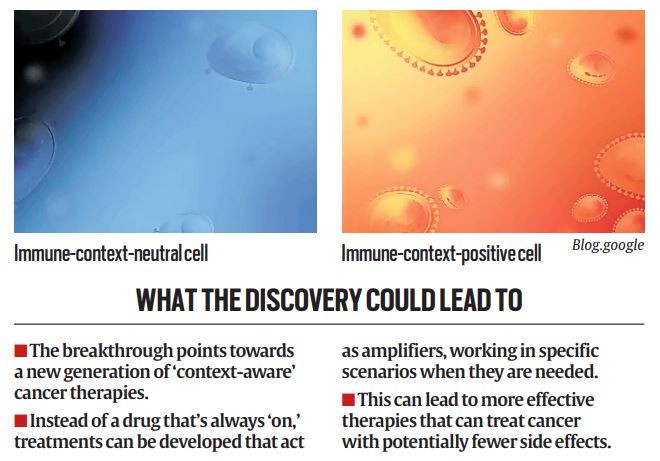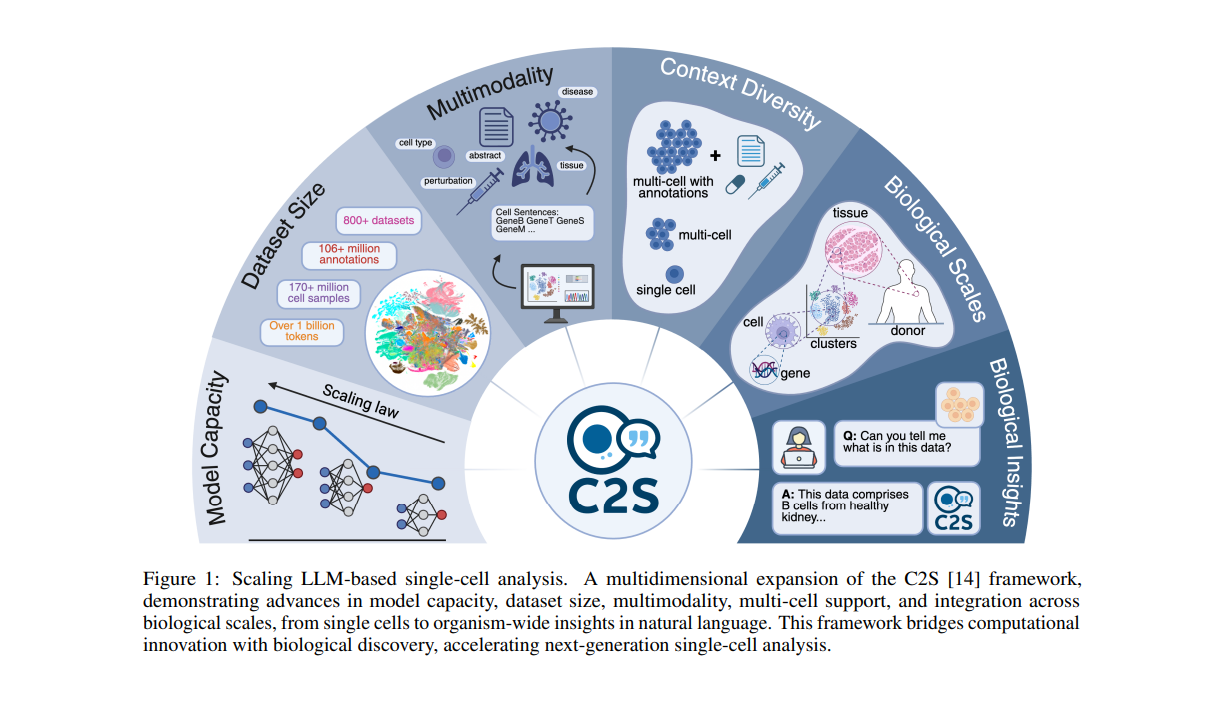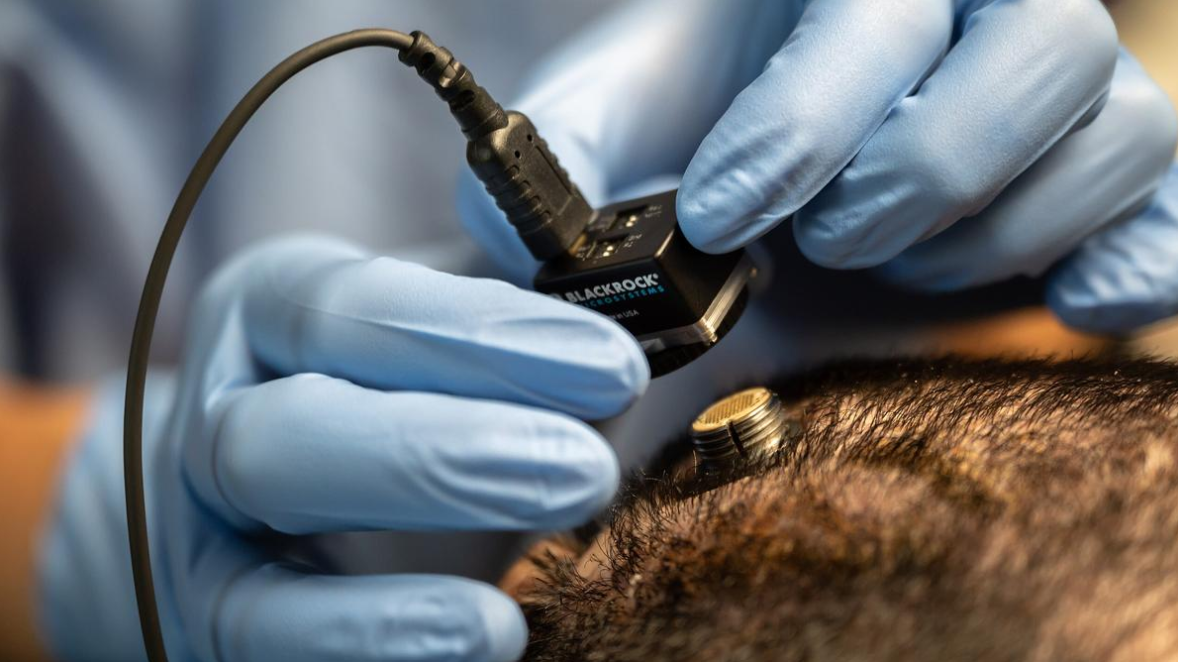



Google DeepMind’s AI model, C2S-Scale, has made a breakthrough in cancer research by predicting how drugs like silmitasertib can make cancer cells more visible to the immune system. Validated in lab experiments, this AI-driven approach accelerates drug discovery, enables precise single-cell analysis, and opens new possibilities for developing effective cancer therapies.

Copyright infringement not intended
Picture Courtesy: Indian Express
Google DeepMind’s AI model, C2S-Scale, has recently made a breakthrough in cancer research by generating a new hypothesis about how cancer cells interact with the immune system. This discovery was confirmed in lab experiments conducted with Yale University, marking a significant milestone in using AI for biological research.
C2S-Scale is a large language model (LLM) designed to “read” the language of individual cells. Using single-cell RNA sequencing (scRNA-seq), it translates complex gene activity in cells into simplified “cell sentences” that represent the most active genes. By analysing millions of these cell sentences, the AI can detect patterns of gene expression and understand cell behaviour.
The Hypothesis generated
The immune system continuously searches for unhealthy cells, but cancer cells often hide. C2S-Scale predicted that the drug silmitasertib could make cancer cells more visible to immune cells, but only in the presence of low levels of interferon, a key immune signalling protein. Lab experiments confirmed this effect in human neuroendocrine cancer cell lines.
The model was pre-trained on over 50 million cells from datasets like the Human Cell Atlas. During training, it learned tasks such as identifying a cell’s type, tissue origin, or generating realistic new cells. This training allowed the AI to develop a “biological intuition” that can handle complex cellular data and make sophisticated predictions.
C2S-Scale has 27 billion parameters, which allows it to capture subtle relationships between genes, cells, and tissues. Larger AI models can develop new capabilities that smaller models cannot, making it possible to uncover novel biological insights.

Picture Courtesy: Medium
Biomedical Implications
Scientific & Research Implications
Technological Implications
Clinical & Patient-Centric Implications
Ethical & Societal Implications
Source: Indian Express
|
Practice Question Q. Explain how Google DeepMind’s C2S-Scale AI model contributes to cancer treatment and discuss its potential impact on drug discovery and personalized therapy. (150 words) |
C2S-Scale is an AI model by Google DeepMind that analyses single-cell RNA data to understand gene activity and cell behaviour, helping identify potential drug targets.
It predicts how cancer cells can be made more visible to the immune system, enabling better detection and treatment strategies.
The model identified silmitasertib as a drug that, when combined with low levels of interferon, can increase antigen presentation in cancer cells.




© 2025 iasgyan. All right reserved